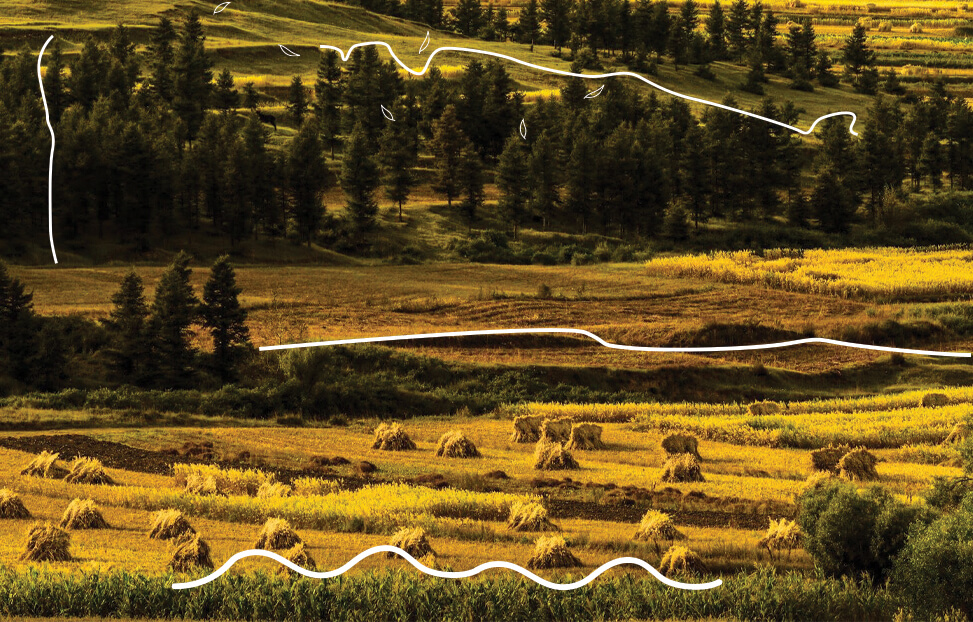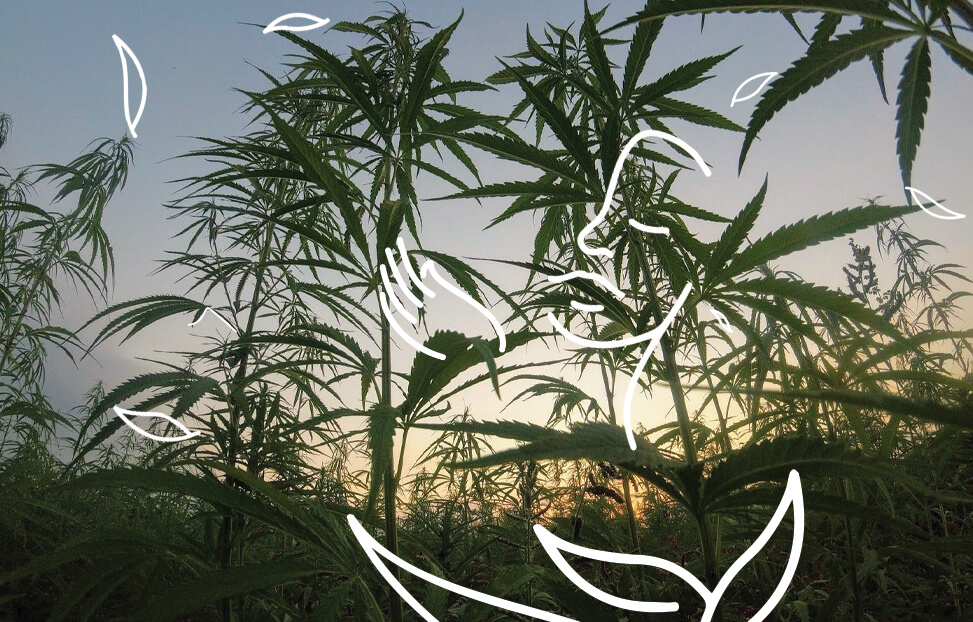Mono-Cropping is Unsustainable,Both for the Humans and for the Planet.
Farmers have always rotated crops. This is a vital aspect of farming because changing crops avoids depleting the soil of its vitamins and minerals. However, with the invention of artificial fertilizers and the demands from industrial agriculture, mono-cropping (or planting the same crop over and over again on the same piece of land) has become the new normal. With mono-cropping, due to the lack of nutrients in the soil, the plants demand fertilizer which further deteriorates the soil, and creates more problems in the fertilization processes, and thus creates more need for fertilizers. This has left the earth depleted of its nutrients, and the crops as drug addicts waiting for their fix of fertilizer.

Save the Soil!
“To regard wilderness as sacred and agricultural land as profane, that is a disconnect… Soil is as important as oil – and as much as a nonrenewable resource as oil.” – Wes Jackson, PhD
The rate of soil development is an extremely long process. The soil used for farming, in the midwest of the United States, took thousands of years to develop. Over many centuries, this soil had become rich with nutrients, having been fertilized and changed by many different plants, insects, and animals. Soul is nature’s gift to us, yet we call it dirt.
Now grain crops are about 70% of what is grown worldwide, and these crops destroy our top soil. Luckily, regenerative farming doesn’t only build topsoil, but it reverses the damage done by monocropping! It is the solution!

Herbicides and Weedicides
First let’s take a deep look at soil biology, specifically the mycorrhizal: t he root fungus . This is the symbiotic, vital relationship between fungi and plants. The fungi take the root system of a plant and increase its water and nutrient absorption, while the plant supplies the fungi with carbohydrates created by photosynthesis. But, when we spray pesticides or weedicies on the plant? We kill off most of the soil biology, leading to a huge amount of micronutrients being destroyed. This leaves the plants totally dependent on fertilizers, which provide just a few restricted nutrients. Further, there is a high correlation between this and industrial disease in humans since WW2 when these methods became exceedingly popular.
Glyphosate (brandname: Roundup) is the world’s most used herbicide; there are millions of tons of this chemical substance being used every year. Frighteningly, due to it being water soluble, its presence has gone past plants and we have reached a point where it is in our groundwater, surface water, industrial foods, in most of our bodies, and it’s even been found in breast milk. What does that do to the human body? It impacts amino acid pathways (essential for immune function), the gut microbiome, crosses the gut lining, crosses the blood brain barrier, and it’s been implicated in mental and physical diseases.

This is not just the planet’s health, it’s ours too!
Our bodies have evolved feeding on the nutrients of the vegetables and fruits grown in this soil, and the animals eating vegetables and fruits grown in this soil. When we destroy the health of the soil, we are destroying our own health. Destroying the soil means many micro and main nutrients are not in our food; nutrients that our bodies need. Rice grown organically in rich soil is not the same as rice grown in a depleted soil. Yet, we stick the name “rice” on it and think of it as all the same, on a chemical level it’s really not!

Could Hemp be a Solution?
As you have probably guessed, hemp doesn’t just benefit us; it provides much aid to the environment as well. The hemp plant is a great asset to regenerative farming practices. First of all, because hemp is a bioaccumulator, it can pick up toxins in the soil, therefore cleaning the soil. Secondly, while many plants take decades to grow, hemp only takes 3 months. Thirdly, because hemp grows so fast, not only can it clean the soil quickly, but it means that chemical pesticides, herbicides, and weed killers are unneeded! Hemp will grow before the weeds, which is not only great for the soil, but pollinators, insects, and small animals as well. Therefore, helping regenerative farming as well as the biodiversity movement behind regenerative farming. Last, but not at all least, scientists have estimated that for every ton of hemp grown, 1.63 tons of carbon dioxide are removed from the atmosphere. That is much more than other plants. A future with hemp is good for the health of the people and the planet.
Beyond hemp, there are many things one can do to help heal the planet !
Here are 10:
– Buy organic & from small farms using regenerative farming
practices!
– Reusable Shopping bags!
– Clean the litter around your block/storm drains!
– Conserve Water!
– Reduce, Reuse, and Recycle!
– Use non-toxic chemicals!
– Walk/Use more public transportation!
– Use long-lasting light bulbs!
– Volunteer in a community garden or community clean up!
– Plant a tree! Or create your own vegetable/herb garden! 🙂
You matter, thank you!!


An Article By Evie Louise
Evie Louise is a recent psychology graduate from New York University. She is a certified in International Cannabinoid Clinical Therapy. Evie sees all forms of the cannabis sativa plant as the future of psychiatry, and hopes to use it in her therapy practice as a full spectrum approach to mental health and wellness.
